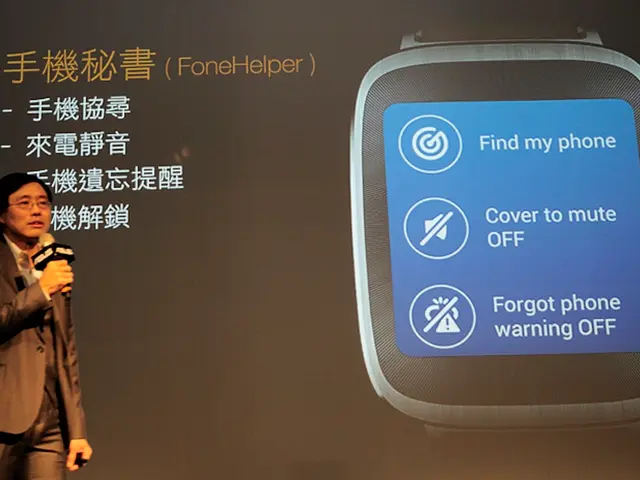Methods for Precisely Quantifying Viewer Focus on Video Advertisements
A recent study has delved into the effectiveness of various physiological measures in determining attention levels during advertising. The research, conducted in a lab setting, compared eight physiological measures, including heart rate and skin conductance, to electroencephalogram (EEG), which is considered the 'gold standard' direct measure of attention.
One of the key findings was that eye tracking measures did not prove effective in discriminating high attention from low attention. This contrasts with the common practice among attention measurement suppliers, who primarily use eye tracking to assess attention to ads.
However, heart rate emerged as a promising alternative. The research discovered that heart rate can measure attention not only to visuals but also to sound. One of the advantages of using heart rate to measure attention to advertising is its ability to reflect emotional arousal, providing insight into emotional engagement beyond just visual focus. Heart rate measurement can also integrate with other biometric data, such as skin conductance, to offer a broader picture of physiological reactions leading to action such as purchase intent or channel switching.
Moreover, portable, wearable heart rate monitors enable real-world, naturalistic testing environments, capturing authentic responses outside controlled lab settings.
Despite these advantages, heart rate changes are indirect indicators of attention and cannot precisely locate what part of the ad attracted attention or how long a viewer focused on specific elements. Heart rate responses can also be affected by numerous external factors, potentially confounding results without careful experimental control. Compared to eye tracking, heart rate has lower temporal and spatial resolution for pinpointing the exact moments or components in an ad gaining visual attention.
Eye tracking, on the other hand, offers a direct measurement of visual attention by detecting gaze location, dwell time, and scan paths, enabling a precise understanding of which ad elements capture and hold attention. It helps optimise ad design by revealing patterns of distraction or disengagement, allowing for targeted layout improvements that boost conversion rates by up to 28%. Eye tracking technology has also evolved to be scalable, and webcam-based methods allow measurements across various devices and settings.
However, eye tracking primarily measures visual attention and may not fully capture the emotional or cognitive engagement that biofeedback like heart rate or EEG reveals, missing some layers of consumer response. Some eye tracking setups still require specific hardware or controlled conditions, posing challenges to capturing naturalistic behaviour compared to wearable heart rate monitors.
In summary, heart rate measures emotional arousal linked to attention but lacks precision in identifying visual focus within the ad, while eye tracking provides detailed, spatially accurate data on where attention is visually directed but may miss emotional engagement cues. Combining both methods can yield a richer, more complete understanding of consumer attention and response to advertising.
The research also used a survey-based self-reported attention measure, in addition to physiological measures. However, the study did not find EEG to be a scalable direct measure of attention or a direct replacement for ratings as a measure of advertising exposure quality. Galvanic skin response (GSR), another term for skin conductance, did not perform as well as heart rate in discriminating high attention from low attention.
The study proposes attention as a replacement for ratings to measure advertising exposure quality. Other physiological measures, such as heart rate and skin conductance, may be beneficial or superior for measuring attention to advertising.
- The research contradicts the common practice among attention measurement suppliers, as they primarily use eye tracking to assess attention to ads, by finding that eye tracking measures did not effectively discriminate high attention from low attention.
- A possible alternative to eye tracking, heart rate, has shown promise in measuring attention not only to visuals but also to sound, offering insights into emotional engagement beyond visual focus, and it can potentially integrate with other biometric data like skin conductance for a comprehensive physiological analysis.




